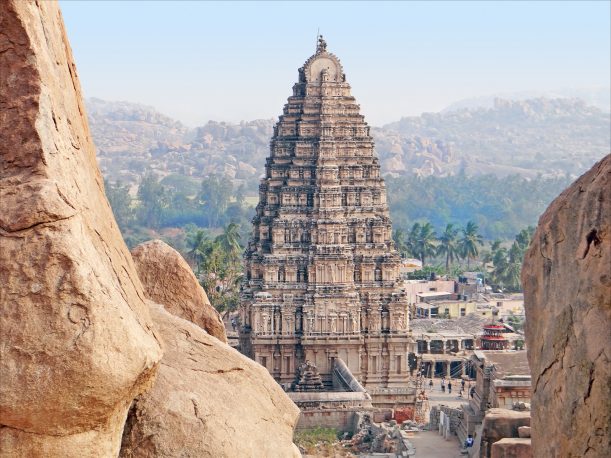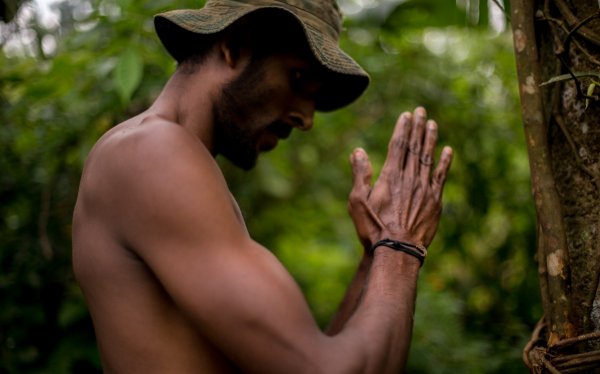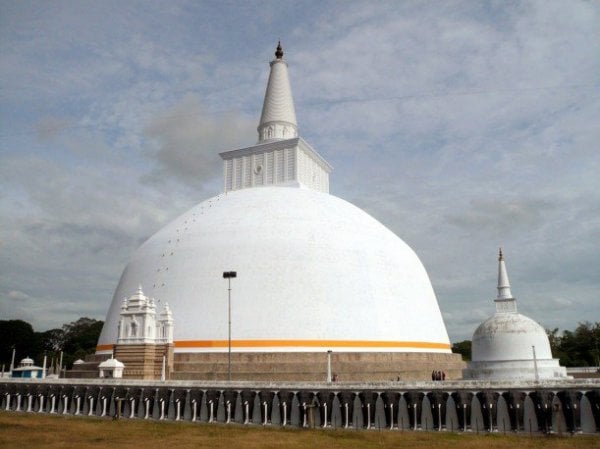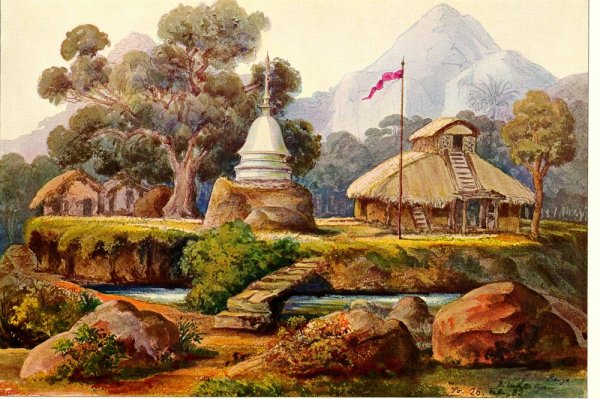
The architecture of Hindu temples (kovils) is, if anything, extremely intricate and complex. The amount of detailing that goes into the structure is overwhelming and the principal aspiration is to evoke a sense of serenity and enlightenment in those stepping into the house of prayer. Temples play a huge role in the Hindu religion and govern many aspects in the everyday life of the Hindu community such as their culture, education, and social beliefs. Every element that composes the final structure has a meaning and a reason as to why it is a part of the temple. The location and sense of direction of the various components is not one that is lightly decided either; much thought and consideration goes into the placement of the individual constituents.
There are several styles of architecture through which the design of a temple evolved. However, the layout has remained somewhat a constant throughout the years, working on a geometrical grid structure that is for the most part symmetrical and open. Temples vary vastly in size from simple structures set in the midst of an urban city to those that span over acres of land and house water bodies and gardens within their boundaries. Big or small, the ornate architecture and elaborately decorative sculptures are exquisite and are definitely worth a visit regardless of whether or not you understand the religion and values.
Although it is widely known that India is home to some of the most beautiful temples, Sri Lanka too has its fair share, with Hinduism being followed by a significant population across the country. To discuss all the elements that compose a kovil would be a fairly difficult task, but one can throw light on the more commonly featured components that come together in completing this structure.
1. Sikhara

Ornate sculptures that compose the Sikhara. Image credits: www.jftours.com/explore-sri-lanka
This translates literally to ‘mountain peak’ and refers to the towering structure that is typical of all kovils and how a temple is identified throughout the globe. These soaring towers are usually made up of hundreds of sculptures that include Gods, worshippers, erotic scenes, animals, and floral and geometric patterns. The Sikhara sits directly above the Garbhagriha.
2. Garbhagriha

Sanctum Sanctorum (Garbhagriha) of the Sri Baktha Hanuman Temple (Anjanaya Kovil) in Ramboda. Image credits: www.suriyaarana.com/tours
The literal translation of this Sanskrit word is “womb chamber” and it is the innermost sanctum of all temples in which the primary deity of the temple sits in the form of a stone idol, and is worshipped by everyone visiting the temple. This is the holiest part of all temples and only accessible by the priests of the temple. The Garbhagriha sits at the very heart of the temple on the intersection of crossing axes or on the main horizontal axis and the name of the temple derives from the name of the God that resides in this chamber.
3. Pradakshina Patha

Sri Ponnambalam Vanesar Kovil in Colombo. Image credit: minube.net/place/sri-ponnambalam-vanesar-kovil
Meaning circumambulation, this refers to the path around the Garbhagriha which allows for the priests and devotees to walk around (in a clockwise direction) and worship the idol.
4. Mandapa

A typical example of a Mandapa. Image credit: Rushikesh Subhedar/500px.com
A Mandapa is typically a pillared hall or outdoor pavilion that is used for public rituals. A temple can have more than one Mandapa and it is possible that they are allocated with different functions and named respectively. For instance, a hall in which marriages are conducted is referred to as a ‘kalyana mandapa’. The Mandapa is generally the hall in which religious dances and performances take place. It is not unusual for the pillars to be intricately designed with carvings that sometimes narrate a story to the viewer.
5. Antarala

Transition foyer in which devotees assemble to worship—Photo Credits – www.ca.wikipedia.org/wiki/Arquitectura_dels_Hoysala
This intermediate chamber acts as a foyer or connection between the main shrine or Garbhagriha and the rest of the temple. This again is mostly accessed only by the priests but it is not entirely restricted to the general public. Mostly, if a family is conducting a religious ritual to the deity, then the priest makes them stand closest to the shrine or in the Antarala so as to obtain the best possible view of the ceremony.
6. Ardhamandapa

Nallur Kandaswamy Kovil, Jaffna. Image credits: www.en.wikipedia.org/wiki/Nallur_Kandaswamy_temple
It is customarily the intermediate space between the entrance and the Garbhagriha that is most used by visitors to the temple. Depending on the size of the temple the ardhamandapa works as an entrance lobby (for bigger temples) or as the space that holds the chambers to the other Gods. It may also function as the hall from which the visitors worship the several idols. This is also the hall in which the crowds assemble to watch the various rituals conducted that are customary of Hindu religion and culture.
7. Gopurams
 Impressive Gateway Towers or Gopurams, Image credits: www.wondermondo.com
Impressive Gateway Towers or Gopurams, Image credits: www.wondermondo.com
Similar to the Sikhara, the Gopuram is a monumental tower visible from afar and characteristic of all Hindu temples. It is found at the entrance of the temple and can be looked at as a sort of gateway to the temple compound. A temple can have more than one Gopuram that each mark different entrances to the temple or are constructed into multiple walls in tiers around the main shrine.The Gopuram is also adorned with several detailed decorative sculptures that all have meaning in the Hindu religion.
8. Pitha
This refers to the plinth on which the entire temple sits, so essentially it operates as the foundation to the construction of all Hindu temples.
Just as the Hindu religion is vast, with several Gods and even more religious customs, the architecture of a kovil is colossal and revolves around many different beliefs and practices. However, the above eight features are fairly consistent throughout most temples. In addition, water bodies also play a significant role in Hindu culture and customs, and there are many rituals that involve ceremonies utilising ponds and rivers. As such, it was common to always choose a suitable location for temples with close proximity to such water bodies. In cases where the land was abundant, artificial ponds could be constructed within the boundary to house these ceremonies.
Temples have evolved through the decades from simple caves and flat-roofed structures to complexes that evoke grandeur, magnificence, and majesty, and there is no doubt that the evolution will not stop here. Although the architecture of temples has seen many styles evolve over time, the principles continue to remain intact, with all designs following the primary layout and features.
Featured image credit Jean-Pierre Dalbéra







